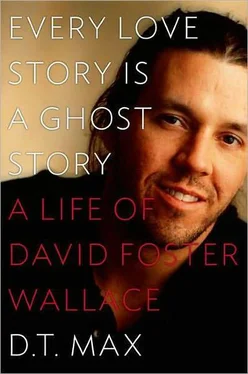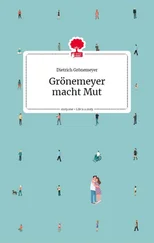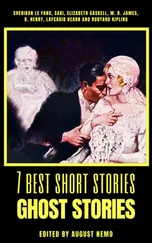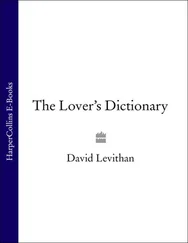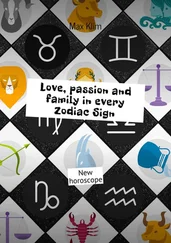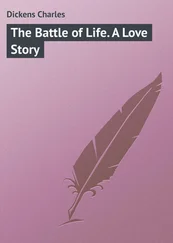8. After Broom ’s success, the IRS claimed Wallace owed them money. He had always been a careful taxpayer, part of his midwestern upbringing of cooperation and order. “A certain Uncle wants a certain sum far in excess of proper family obligation,” he wrote Howard in surprise. The problem was traced to an erroneous 1099 form. Wallace dashed off an explanation and there it ended, though he would have other similar mix-ups with the agency over the years. Perhaps these planted an interest in the agency.
9. These sorts of paradoxes were of absorbing interest to Wallace and extended beyond verbal tricks for undergraduates; they feature in much of twentieth-century mathematical logic. They also play a role in Broom , where a plot point revolves around a riddle whose implications Wittgenstein wrestles with in his Tractatus : The barber cuts the hair of anyone who doesn’t cut his own hair. Who then cuts the barber’s hair?
10. Wallace did not overestimate the appeal of this habit. He wrote to Franzen that tobacco chewing “turns the mouth to hamburger in a week, is stupid and dangerous, and involves goobing big dun honkers every thirty seconds.”
11. The program Wallace joined stressed anonymity. For that reason I don’t identify it by name and use the first name and first letter of the last name when quoting members who spoke about Wallace.
12. He would in a 1990 letter to Jonathan Franzen explain that the role drugs played in his writing was “not working under the influence, but somehow using the influence as a counterpoint to the work — hard to explain.” This is somewhat evasive; according to Costello, he also wrote high.
13. “Title imposed by editor,” he wrote Brad Morrow, who ran Conjunctions , noting that he now found the story “Girl with Curious Hair” “pretty gross.”
14. In later years, Wallace would boast about “a seventeen-page letter about literary theory” that he had written to Howard to argue his editorial vision for Broom , but there is no such letter; he was either misremembering his explanation to the Viking legal department or trying to make a grim experience more palatable.
15. The nineteenth-century German critic Gustav Freytag designed a widely used triangular representation of a typical story line, in which the action rises to the climax or moment of reversal and then descends through the denouement.
16. Wallace was not always so impressed with the idea that his generation faced unique challenges. He wrote an undergraduate in 1995 that the idea was “a lot of hooha. Kids write about Jeopardy and Letterman exactly the way elders write about trees and the sky-reflecting mudpuddle. It’s what’s there.” Then, reconsidering his reconsideration, he added, “That may be a bit disingenuous.”
17. Amy Wallace says her brother exaggerates. Their father came from nonpracticing Catholics. Their mother was from a religious family but her own parents were not churchgoers. “David and I were encouraged to believe what we wanted,” she says.
18. “Order and Flux in Northampton” is an homage/parody of James Joyce. Wallace shared Joyce’s fascination with wordplay though they approached literature from very different perspectives. But he took what he wanted from other writers. He told Mark Costello that he had gotten the idea of the discontinuous interview numbers in Brief Interviews after reading in a biography that Joyce loved putting puzzles in his work.
19. His intense sense of competitiveness returned quickly though. Reading the work of William Vollmann, he felt a familiar twinge of envy and anger. When he learned that Vollmann’s new book, The Rainbow Stories , was also about to be published, he worried that Girl was “going to get dwarfed by that fucker Vollmann’s coming out only a month sooner,” as he wrote Brad Morrow. He also tarred Vollmann’s first novel, You Bright and Risen Angels , with being, of all things, “too Pynchonian.”
20. When Steven Moore mentioned in a letter that he was submitting Wallace’s essay “Fictional Futures and the Conspicuously Young” for a $1,000 prize, Wallace joked, “My nose could use the grand.”
21. Bangs in turn likely got the image from Pynchon’s Gravity’s Rainbow , in which Roger Mexico’s heart “grows erect, and comes.”
22. Costello’s literary aspirations would bear fruit in a pseudonymous noir novel, Bag Men , published in 1997, and Big If , which came out in 2002 and was nominated for a National Book Award.
23. This rating should be taken in context. Wallace turned to letters when his fiction was not going well, so his letters rarely report a good day’s work. All the same, in mid-1989 he was clearly frustrated. Adrift in his current work, he devalued his old. Broom he was embarrassed by, though Girl with Curious Hair he still admired. It had furnished “some real personal mind-blowing successes,” he wrote his friend Franzen.
24. When Boogie Nights came out in 1997, Wallace called Costello and told him the movie was exactly the story that he had been trying to write when they lived together in Somerville.
25. Vollmann’s reportage among prostitutes and skinheads in San Francisco for stories like “Ladies and Red Lights” and “The White Knights” likely inspired Wallace’s own attempt to mix reporting and fiction in his pornography novel.
26. Franzen did not win the grant until 1996, but he did get a Whiting Award that year thanks in part to Wallace (as did Vollmann).
27. Jim Wallace remembers his son’s surprise at the hierarchical nature of the Harvard program. “The students did their professors’ laundry and clustered around them, and he thought that was just ridiculous. He was a published author and expected to be treated as an equal.”
28. The attentive observation in Infinite Jest of Denial Aisle — the back row at recovery meetings full of “catexic newcomers crossing and uncrossing their legs every few seconds and sniffing compulsively and looking like they’re wearing every thing they own”—likely comes from this period.
Chapter 5: “Please Don’t Give Up on Me”
1. Wallace found it funny that a “marine hospital” should be nowhere near water.
2. Wallace fictionalized Larson with affection in Infinite Jest . “It turned out Pat Montesian liked the color black a lot. She was dressed — really kind of overdressed, for a halfway house — in black leather pants and a black shirt of silk or something silky,” he writes of the executive director of Ennet House.
3. All the same Wallace liked to quote one of the veteran recovery members, the group known in Infinite Jest as “the crocodiles,” who told him, “It’s not about whether or not you believe, asshole, it’s about getting down and asking.”
4. Members of recovery groups were supposed to be anonymous. So when Infinite Jest with its many scenes set in a thinly fictionalized Granada House came out, Wallace was forced to dissemble. “I mean,” he told an interviewer, “I got very assertive research and finagle-wise. I mean, I hung out . There were twelve halfway houses in Boston, three of which I spent literally hundreds of hours at.”
5. Big Craig didn’t trust Wallace when he first met him. Marijuana was a lightweight addiction in his eyes. Craig was just out of prison; Wallace was just out of Harvard. “My suspicions were that he was looking for material for a book,” he remembers.
6. Wallace was well aware that suffering could help a writer produce his best work. In Somerville he had read Paul De Man’s essay “The Rhetoric of Temporality” and wrote “brilliant” when he came upon the following disquisition on authorship: “The mere falling of others does not suffice; he has to go down himself. The ironic, twofold self that the writer or philosopher constitutes by his language seems able to come into being only at the expense of his empirical self, falling (or rising) from a stage of mystified adjustment into the knowledge of his mystification.”
Читать дальше
